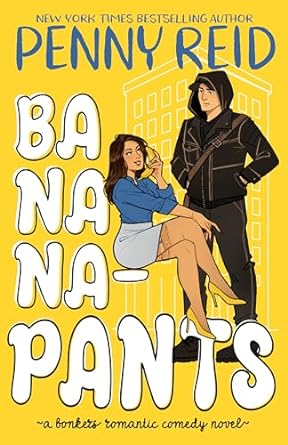PR/Business Development coach for writers and artists; CEO, Creative Center of America; member, Forbes Coaches Council.
You need a PR plan to succeed. Straight up, any plan is better than no plan…and even if you are working with a traditional publisher, your plan may be the only plan that is ever created with much concern about building your long-term career. Accept early that your success as an author is not your publisher’s concern. Their business is centered around the products they have curated for their brand; it includes the book you created–not you.
The reality is, take care of yourself and build your own business.
Phase One is prep time.
Build or refresh your website. Connect your social media platforms to your website. Make sure that you use one author picture across platforms so that your brand has a singular face. Establish a media page to create and post your downloadable press kit. Include links to downloadable high-resolution images of your book cover and your author photo. Make sure you have a landing page for book sales.
Prepare a press release that offers the announcement of your book to share with your local paper, bloggers, industry influencers, and reviewers. Don’t know who they are? Figure it out. Clearly define the top four niches of your audience and start building a database of contacts to help you reach each target. In Phase One, fully create the day-by-day choreography for book launch week.
Phase Two is book launch week.
Synchronize your PR efforts to reach every corner of your world with news about your book in the seven days of the week that your book is first released. Everyone you can imagine needs to know now, all at once. Either plan a parade of activity or nothing will happen.
Phase Three is steady-to-the-course season.
PR efforts must be sustained. That means shift your message from new book announcement to relevant reasons to discover your book, reasons to peek inside, opportunities to read and buy.
How does a blog tour figure into all this? Up to you. The key is to decide when, how, and if you want a blog tour. It is hard work with lots of moving parts. It is a godsend for some authors and hellish for others.


















































